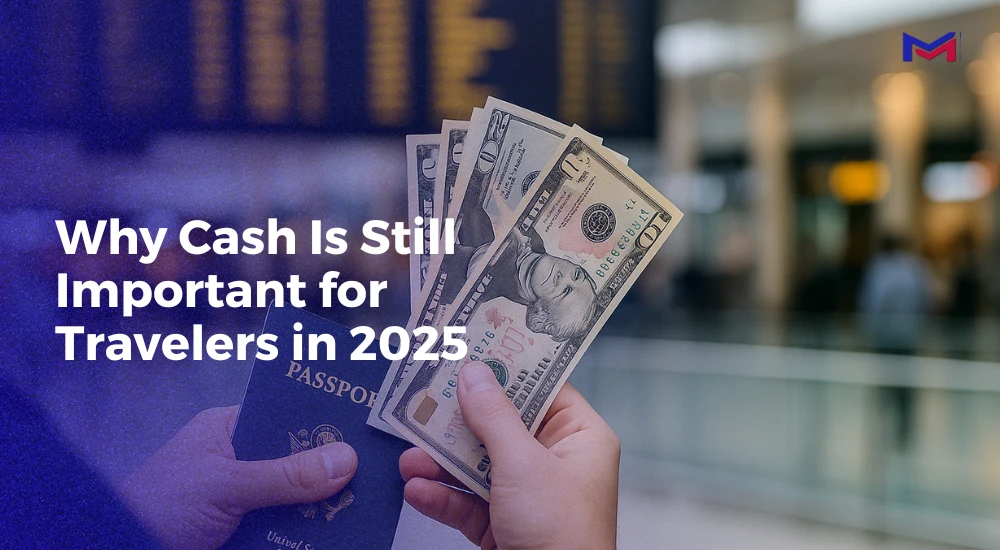With the rise of digital payments, many people believe cash is no longer necessary. However, for travelers, cash continues to play a vital role. From small markets to emergency situations, physical money provides flexibility and peace of mind that cards and apps can’t always guarantee.
The Role of Cash in Modern Travel
Even though mobile wallets and cards are growing in popularity, cash remains widely accepted.
- Global reliance: In many countries, especially outside major cities, cash is still the primary payment method.
- Backup option: When internet service is unreliable, cards and apps can fail—cash never does.
Situations Where Cash Is Essential
Street Vendors and Local Markets
Many small businesses, street food stands, and craft markets only accept cash.
Taxis and Small Transportation Services
In many destinations, taxi drivers and local buses require cash payments.
Remote Destinations
In rural areas or islands with limited infrastructure, cash is often the only way to pay.
To see more real-world scenarios, check Top Reasons for Carrying Cash on International Trips.
Benefits of Carrying Cash While Traveling
- Universal acceptance: Cash works everywhere, unlike some cards that may be declined abroad.
- Budget control: Paying in cash helps you track expenses more easily and avoid overspending.
- Avoiding hidden fees: With cash, you skip international card charges and ATM withdrawal costs.
Emergency use: If your card is blocked or lost, cash can be a lifesaver.
Learn how to keep your money safe with The Best Way to Travel with Cash: Safety Tips.
The Risks of Traveling Without Cash
Traveling without cash can leave you unprepared:
- Over-reliance on cards: If systems go offline, you may be stranded without options.
- Network or bank failures: Local outages can prevent card transactions.
- Unexpected restrictions: Some places require a cash deposit or only accept bills for small services.
How Much Cash Should You Carry Abroad?
The ideal amount depends on your destination and travel style:
- Daily travelers: $50–$100 per day is usually enough.
- Two-week trips: Carry part in small bills for daily use, the rest secured in a safe place.
- Family trips: Split cash among members so no one person carries all the funds.
👉 For better planning, read When Is the Best Time to Exchange Currency?.
FAQ’s
Do travelers still need cash in 2025?
Yes. Despite digital payment growth, cash remains essential for small businesses, emergencies, and remote destinations.
How much cash should I carry while traveling abroad?
Between $50–$100 per day depending on your destination, plus an emergency reserve.
Is it better to use cash or cards when traveling?
Both are important. Cards are safer for big purchases, but cash is better for small daily expenses.
Where is cash more useful than cards?
Local markets, taxis, rural areas, and places with unreliable internet.
Is it safe to travel with large amounts of cash?
Yes, if you divide and secure it properly using belts, hotel safes, or hidden pockets.
For practical strategies, read How to Manage Money While Traveling.
Final Thoughts
While digital payments are convenient, cash remains indispensable for travelers in 2025. It ensures you’re prepared for emergencies, helps control spending, and allows you to pay in places where cards don’t work.
For security and the best rates, exchange your money in advance with Miami Money Exchange a trusted, commission-free service designed to help travelers move with confidence.
